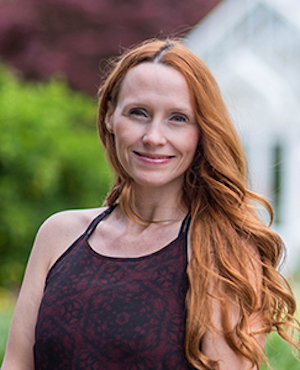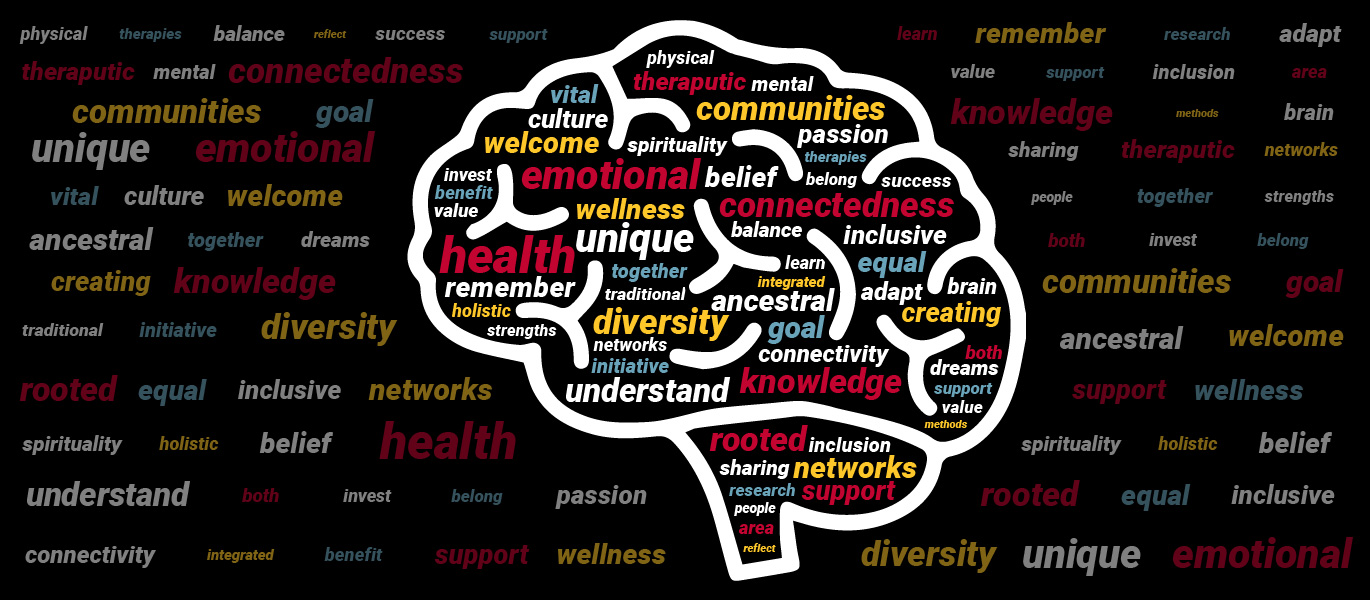To improve the way neuroscience is conducted in Canada, and better reflect the country’s diversity, a University of Guelph professor is working with the Canadian Brain Research Strategy (CBRS) to apply an Indigenous lens to the field and to those working in it.

CBRS brings together more than 30 world-leading neuroscientists with Canadian mental health institutes and programs to better understand the central nervous system with the goal of becoming a leader in open and ethical brain research.
“CBRS is really taking strides to bring Indigenous knowledge into neuroscience research, creating networks and making sure there is support for people doing Indigenous research,” said Dr. Melissa Perreault, a Métis professor in neuroscience in the departments of Biomedical Science and Integrative Biology, and member of the Royal Society of Canada College of New Scholars, Artists and Scientists.
Conducting work rooted in traditional Western methods, to the exclusion of others is a failure, she said.
Perreault is an Indigenous Knowledge Holder in a group formed by CBRS that comprises Indigenous leaders with research interests in the brain and mental health.
The initiative is the first of its kind in neuroscience, she said, and is designed to ensure Indigenous voices are integrated “into every area that they are working on.”
A workshop was held to understand how to best weave Indigenous knowledge “into the fabric of CBRS,” connecting Indigenous researchers in neuroscience, non-Indigenous researchers who work with Indigenous communities and others interested in learning Indigenous perspectives on mental wellness.
In sharing circles, members of the Indigenous Knowledge Holders Group posed the question: “How does the brain learn, adapt and remember?”
Spirituality neglected in Westernized understanding of mental health
Indigenous ways of knowing differ in vital ways from Western knowledge when it comes to mental health, said Perreault, who co-authored a paper on the initiative, published in The Canadian Journal of Neurological Sciences.
Indigenous knowledge carries the belief that everything is connected: ancestral spirits and the mortal world; the land, water and animals; humans and their environment. Understanding that connectivity is a “critical step” in understanding Indigenous decision-making and how experiences can change a person and the brain, the paper says.
The practice of connectivity is rooted in Indigenous culture and has become a theme in systems-level neuroscience, Perreault said.
Indigenous communities take a holistic view of health and wellness that includes four components of oneself: physical, emotional, mental and spiritual, Perreault said. A balance must be maintained, with disruptions in this balance potentially leading to illness. In the case of mental illness, for example, spiritual injury can be an integral contributor.
Western ways of knowing examine mental health disorders from a mechanistic point of view. Therefore spirituality “is not considered in the therapeutic strategy for mental health disorders in Indigenous individuals,” she added. “There needs to be a reclaiming of Indigenous cultural and spiritual traditions when it comes to therapies.”
In addition to supporting Indigenous research and improving relations between academics and Indigenous communities, the initiative aims to demonstrate how to support Indigenous researchers no matter their field of study, Perreault said.
“There should be Indigenous voices in all disciplines, regardless of what those disciplines are,” she said. “Those people become role models.”
One of the largest barriers, she said, is that Western scientists think from a Western perspective and often assume Western methods are the only way — and the “correct” way.
Two-eyed seeing an inclusive balance that values Indigenous knowledge
Two-eyed seeing, or Etuaptmumk — conceived by Mi’kmaw Elder Albert Marshall in 2004 — is the notion of learning to see from one eye the strengths of Indigenous knowledge, and from the other eye the strengths of Western knowledge. Using both eyes together, neither approach dominates, enabling Indigenous ways of knowing to be recognized.
“It’s a balance where you take the best from both worlds to make something better,” Perreault said. “The goal is to form relationships and find that connectedness to bring together these different ways of knowing and learning to develop something that’s even better for the benefit of everyone, where the value is equal.”
Diversity extends beyond non-Indigenous and Indigenous connections, too, Perreault pointed out. In Canada, there are more than 630 First Nations, 53 Inuit communities and nearly 600,000 Métis people. For these efforts to be successful, neuroscience must tailor research methods to specific communities and invest the time to understand how each is unique, according to the research, she said.
A more cohesive approach to research and research methods creates a more inclusive field, while also creating space for new Indigenous students, Perreault said.
Reflecting on the isolation she has experienced in her career, she defines success as ensuring that, “Indigenous students do not feel isolated, and they know they are welcome and belong.”
“The supports aren’t there, in general for Indigenous students, but it’s particularly bad for Indigenous students in STEM,” said Perreault, who offers support as one of the faculty members in the Indigenous STEM Mentorship Program.
“Empowering them to follow their own dreams and do what they’re passionate about (is vital) instead of being forced into this ideal that they have to do a certain thing.”
Contact:
Dr. Melissa Perreault
perreaum@uoguelph.ca
